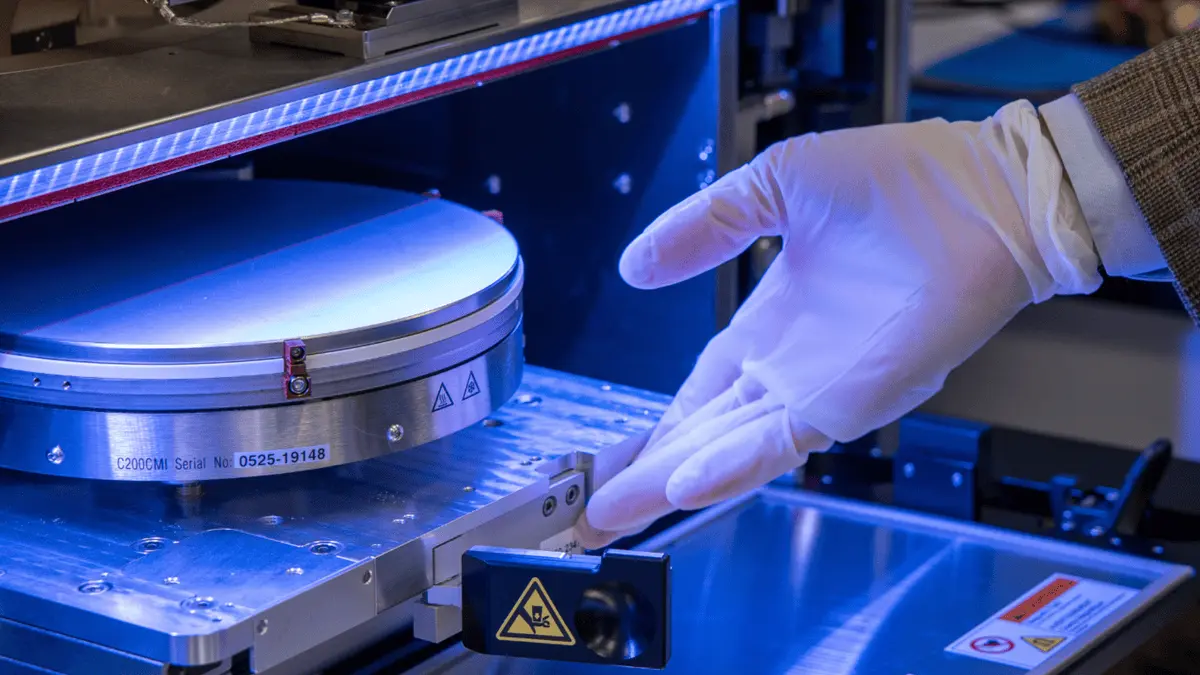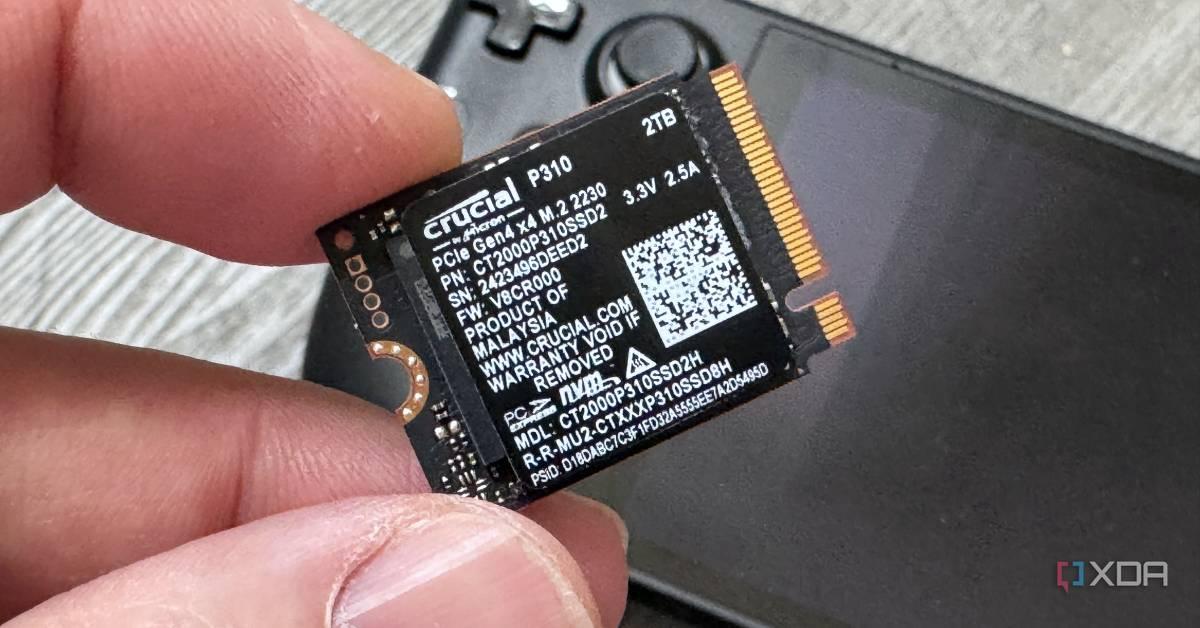Andreessen Horowitz Predicts Transformative Crypto Trends for 2025
2 Sources
2 Sources
[1]
Decentralized chatbots, gov't bonds onchain -- a16z's 2025 crypto trends
Venture capital firm Andreessen Horowitz (a16z) has named key sectors within the crypto industry for the upcoming year, highlighting use cases for tokenization and the integration of artificial intelligence with blockchain technology as potential growth drivers. According to a16z's report, applications based on AI and running onchain are expected to deliver at least three emerging trends across the industry: wallets powered by AI agents, decentralized autonomous chatbots and proof of personhood solutions. The firm sees use cases for decentralized chatbots for social media content and assets management through trusted execution environments (TEE): "Running on a permissionless set of nodes, and coordinated by a consensus protocol, the chatbot could even become the first truly autonomous billion-dollar entity." Another upcoming trend predicted for 2025 is tied to stablecoins. Over the past few months, the sector has established a market fit for global remittances, with several companies and protocols launching new stablecoins pegged to the US dollar. Beginning next year, a16z predicts stablecoins will gradually replace daily credit card transactions: "Small-/medium-sized businesses with strong brands, captive audiences, and painful payment costs -- like restaurants, coffee shops, corner stores -- will be the first to switch from credit cards." The venture firm manages more than $44 billion in assets and is one of the most active VCs in the Web3 space. Its dedicated crypto arm backs over 100 blockchain startups, including Coinbase, Solana, OpenSea, Near, Worldcoin, and Uniswap. Related: Stablecoin trading volume surges to $1.8T in November Tokenization: Government bonds, unconventional assets onchain More "unconventional assets" are expected to come onchain in 2025 as infrastructure rails mature, allowing tokenization across different sectors. The VC firm predicts that assets previously overlooked, such as biometric data, will generate new sources of income. "[...] individuals could tokenize their own biometric data; and then lease the information through smart contracts to companies," notes the report, adding that medical data collection through decentralized science (DeSci) protocols is already possible, enabling users to profit from previously untapped resources. Government bonds trading onchain is another prospect for 2025 and beyond. The market for tokens backed by government securities took off in 2024, supported by institutional adoption of digital assets. Moving ahead, a16z expects governments themselves to explore the benefits of debt issuance onchain: "The UK, for instance, is already exploring digital securities through a sandbox at their financial regulatory body, the FCA (Financial Conduct Authority); its HM Treasury/ Exchequer has also signaled its interest in issuing digital gifts."
[2]
VC Firm A16z Lists 14 Things To Expect From Crypto In 2025
Stablecoins will revolutionize payments, while blockchain bonds increase transparency & security in finance. As the crypto space rapidly evolves, Andreessen Horowitz (a16z), a leading venture capital firm, has highlighted 14 transformative trends expected to shape the blockchain and decentralized technology ecosystem by 2025. According to VC Firm A16z, fully autonomous AI agents will become a reality by 2025, with individual AI systems having their own crypto wallets and engaging in transactions within decentralized networks. These AI agents could supervise functions like checking the validity of a block of transactions in a blockchain or engaging in decentralized energy systems, creating new possibilities for blockchain automation. At the same time, decentralized autonomous chatbots (DACs) are also predicted to emerge. These AI-driven bots would run within trusted execution environments (TEEs) to make them free from human intervention to create audiences, generate revenues, and manage digital assets. This could drastically alter the way in which content is created and revenue is generated on the web. According to a16z, as the use of AI content creation rises, so will the need for proof of personhood, which blockchain technologies will address through secure methods for verifying humans in digital interactions to fight against deepfakes and fraud. This will help make the digital spaces more secure and reliable. In addition to digital identity, a16z envisions the possibility of blockchain expanding its use from prediction markets to information aggregation more broadly. By 2025, it is possible that blockchain-based systems will be used for decentralized data sharing and decision making in various sectors of community governance, finance, and sensor networks. Such systems will help communities to take more rational and well-informed decisions while also ensuring that the processes are more open. By 2025, nearly every small and big business will be accepting stablecoins as a payment method, as reflected by USDC issuer Circle by gaining regulatory approval in Canada. Starting as a tool for small businesses to minimize the cost of transactions, stablecoins will eventually be used by big business as well. This shift will greatly reduce the costs of transactions and improve the usage of cryptocurrencies in regular life. Moreover, governments can also start to consider the process of issuing government bonds on the blockchain system. This can disrupt the conventional bond markets by increasing transparency and openness, and at the same time, offer DeFi systems with government secured assets. In addition, the tokenization of assets that have not traditionally been considered as such, like biometric data and patents, will continue to develop, offering new opportunities for liquidity and ownership. Blockchain technologies will also bring new forms of governance, including liquid democracy. This model enables voters to cast their votes for chosen intermediaries thus enhancing the system's fluidity and decentralization in the decision-making process. Liquid democracy may be adopted within local governments and within decentralized autonomous organizations (DAOs) as the move to a more fluid and engaging system of government. This process is expected to be further enhanced by DUNA (Decentralized Unincorporated Nonprofit Association) which is expected to be the standard for blockchain governance in the U.S by 2025. This legal structure will enable decentralized organizations to function with more legal standing and effectiveness especially in sectors such as energy and DeFi. In the next few years, the blockchain development community will shift its attention to building on what has already been developed rather than creating new solutions from scratch, according to a16z.This will enable the developers to concentrate on creating value addition rather than developing similar applications. Meanwhile, crypto companies will change their focus from the development of the technological base to the development of the user experience. Thus, by 2025, blockchain products will focus on usability and will be designed in a way that decentralised applications will not differ from the current ones. The goal is to provide ordinary people with intuitive interfaces that conceal the essence of blockchain technology so that they can easily start using crypto products and services.
Share
Share
Copy Link
Venture capital firm a16z forecasts major developments in AI integration, tokenization, and blockchain applications, reshaping the crypto landscape by 2025.

AI Integration and Blockchain: A New Frontier
Andreessen Horowitz (a16z), a leading venture capital firm, has released a report outlining key trends expected to shape the crypto industry by 2025. The report highlights the integration of artificial intelligence with blockchain technology as a major driver of innovation
1
.One of the most significant predictions is the emergence of AI-powered wallets and decentralized autonomous chatbots (DACs). These AI agents are expected to operate independently within blockchain networks, managing digital assets and even becoming "the first truly autonomous billion-dollar entity"
1
. Running in trusted execution environments (TEEs), these chatbots could revolutionize content creation and asset management in social media2
.Stablecoins and Payment Revolution
A16z foresees a significant shift in payment systems, with stablecoins gradually replacing daily credit card transactions. This transition is expected to begin with small and medium-sized businesses looking to reduce payment costs
1
. By 2025, the firm predicts that nearly every business, big and small, will accept stablecoins as a payment method, potentially disrupting traditional financial systems2
.Tokenization and Asset Diversification
The report suggests that "unconventional assets" will increasingly be tokenized as infrastructure matures. This includes the tokenization of biometric data, allowing individuals to lease their information through smart contracts
1
. Additionally, the tokenization of patents and other non-traditional assets is expected to create new opportunities for liquidity and ownership2
.Government Bonds and Blockchain
A16z predicts that government bonds will start trading on-chain, with some governments exploring the benefits of debt issuance using blockchain technology. The UK is cited as an example, with its Financial Conduct Authority (FCA) already exploring digital securities through a regulatory sandbox
1
.Governance and Legal Structures
The report anticipates the adoption of new governance models, such as liquid democracy, which could be implemented in local governments and decentralized autonomous organizations (DAOs). Furthermore, the Decentralized Unincorporated Nonprofit Association (DUNA) is expected to become the standard for blockchain governance in the U.S. by 2025, providing more legal standing for decentralized organizations
2
.Related Stories
Focus on User Experience and Development
A16z predicts a shift in the blockchain development community towards building on existing solutions rather than creating new ones from scratch. This approach aims to add value to established technologies. Simultaneously, crypto companies are expected to prioritize user experience, making blockchain products more accessible and user-friendly for the general public
2
.Proof of Personhood and Information Aggregation
As AI content creation becomes more prevalent, the need for robust proof of personhood solutions is expected to grow. Blockchain technologies are predicted to address this challenge by providing secure methods for verifying human identity in digital interactions
2
. Additionally, blockchain-based systems may expand their use from prediction markets to broader information aggregation, facilitating decentralized data sharing and decision-making across various sectors2
.References
Summarized by
Navi
Related Stories
Recent Highlights
1
OpenAI releases GPT-5.2 AI model after code red memo targets Google's Gemini 3 threat
Technology

2
Disney invests $1 billion in OpenAI, licenses 200+ characters for Sora AI video generator
Technology

3
OpenAI faces wrongful death lawsuit after ChatGPT allegedly fueled murder-suicide tragedy
Policy and Regulation








